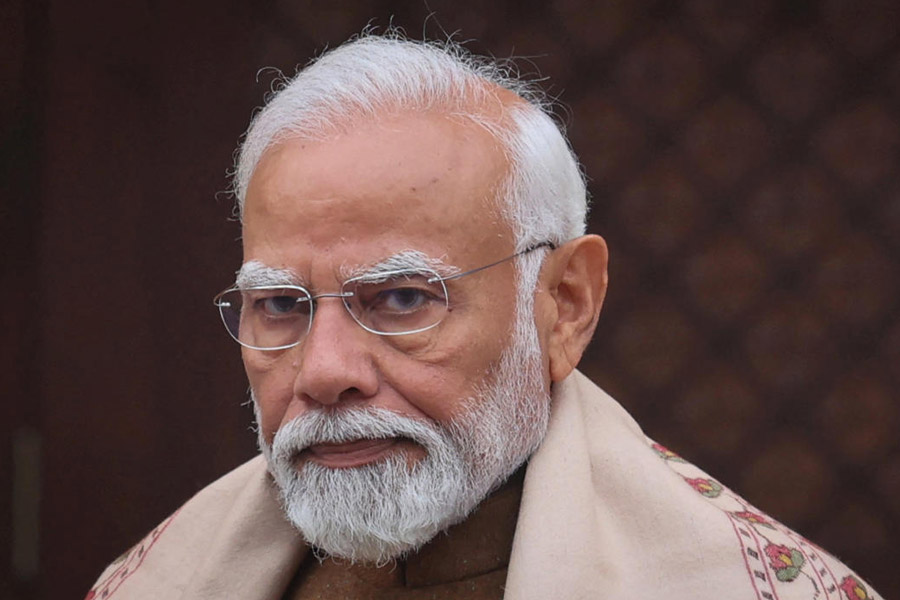Indian Prime Minister Narendra Modi has asked all ministries to propose annual goals for their departments for the next five years, according to a government document, underlining his confidence of winning a general election starting next month.
The document listing the instructions from Modi to government bureaucrats, which was reviewed by Reuters, was sent earlier this month, just before the Election Commission announced dates for the voting.
Opinion polls predict an easy win for him and his Bharatiya Janata Party (BJP), with the opposition led by the Congress party struggling to present a united front to take on Modi's immense popularity. The tenure of the new government will last five years.
The March 11 document says Modi asked all departments to prepare five-year action plans as part of his goal to lift India to a fully developed country by 2047 from middle-income levels. A 100-day plan for the next government will flow from that, it said.
The prime minister's office and spokespeople for the government did not respond to requests for comment.
The thrust areas include agriculture and the rural economy, and employment and labour, according to the document.
According to another government document from October and seen by Reuters, the plans on agriculture and the rural economy include developing cold chain logistics, infrastructure for organic farming and exports and collective large‐scale farming by 2030. It also calls for more private sector participation.
The aim is to "transform the rural economy via an increase in agri productivity and employment diversification in non‐agri sectors", it said.
One of the major failures of Modi's current term is his missed goal of doubling farm incomes by 2022. Farmers' groups recently hit the streets seeking guaranteed higher prices for their produce.
On jobs, the target is to reduce unemployment to less than 5 per cent from around 8 per cent.
In the March document, Modi has also asked officials to interact with industry bodies as well as consider adding themes on how India can become a developed country in the curriculum for schools and colleges.
He has also ordered 100 per cent school enrolment and vaccination for children, although the document does not give a clear timeline for that. India's current literacy rate is 77.75 per cent and children immunisation is about 90 per cent.
"The country can move at a pace faster than we imagine," he was quoted as saying. "This vision is an example of coming out of silos."










